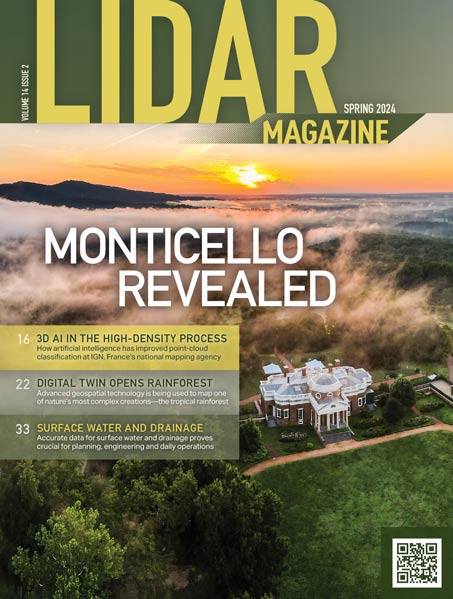The International Association of Arson Investigators 65th International Training Conference, April 13-18, in Las Vegas, will be featuring a session on the current and future applications of high-definition 3D laser scanning technology in forensic animation, from the field to the courtroom.
The course, 3D Technologies for Fire Investigators, will be presented 3-5 p.m., Monday, April 14, by Kirk McKinzie, CFI, Director of Fire and Explosion Services forPrecision Simulations Inc.and is recommended for all criminal justice professionals, including fire and explosion investigators, law enforcement professionals and special investigations unit members.
The two-hour session focuses on the benefits of forensic animations and related 3D technology in investigation, hypothesis development and testing, pretrial hearings, and courtroom case support. Included in the course is the integral role high-definition 3D laser scanning plays in the majority of these functions. The value and relation to high-definition laser scanning, McKinzie explains, is its ability to rapidly document the scene geomatically, or spatially, and visually by use of photographic overlay. McKinzie will present a case review of 3D animations and analyses that have been successfully admitted as evidence, used to document test burns and explosions, and utilized in case documentation and development, including a firefighter line-of-duty-death case and a fire resulting in $55 million of loss.
The session also explores existing and future capabilities of 3D technologies, including the use of laser scanning technology in building information modeling for as-built versus as-designed comparisons, electrical transmission line clearance, pre-event target-hazard documentation, work-related injuries and deaths, fire-protection engineering, and conflict avoidance in high-fire-hazard industrial settings. Special attention will be given to laser scanned documentation, its conversion to AutoCAD, and its direct input into computational fluid dynamic programs such as the National Institute of Standards and Technologys Fire Dynamics Simulator (FDS) for structure fires and Wildland Fire Dynamics Simulator (WFDS) for wildfires. FDS and WFDS, McKinzie said, is where, frankly, I believe high-definition laser scanning, whether airborne – or terrestrial -based, is going to have positive effects on the way we prevent, mitigate, investigate and litigate fires and explosions.
Special Announcement
Course attendees will be the first to view a previously unannounced 3D-printed proof of concept resulting from high-definition laser scan data captured at the 2013Forensic Fire Death Investigation Coursein San Luis Obispo, Calif. To my knowledge, McKinzie said, it will be the first presentation of 3D-printed perishable evidence of this kind.
For more information on the 2014 International Training Conference, visitwww.iaaiitc.com. For more information about Precision Simulations, visit www.precisionsim.com.
